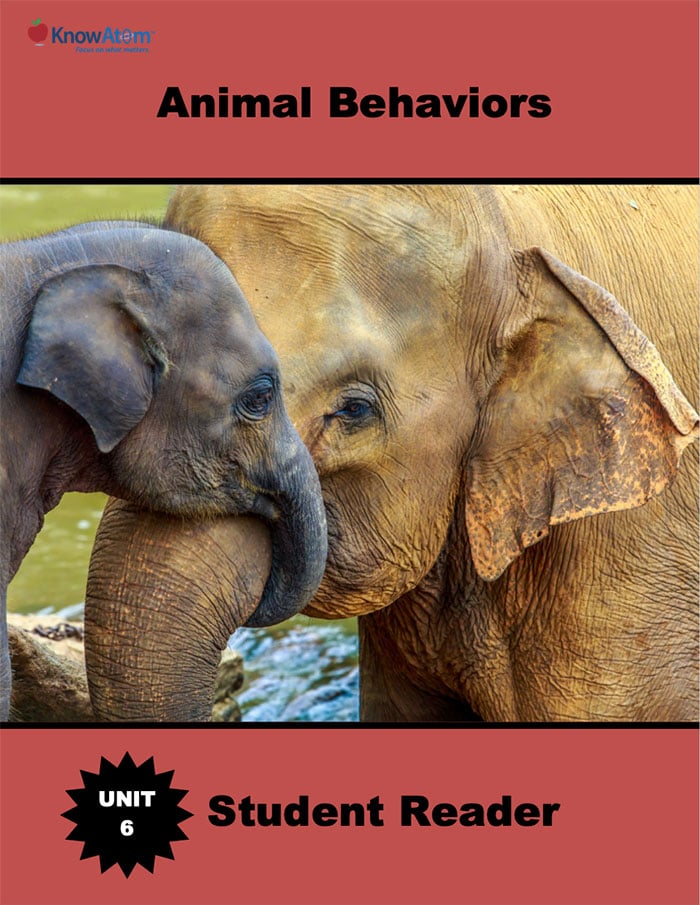
In this unit, students explore the science phenomena of animal behaviors of parents and offspring that help the offspring survive. This page is a high-level extract of lesson two in which students mimic the beaver’s behavior of building dams to design their own dams that solve the problem of flooding.
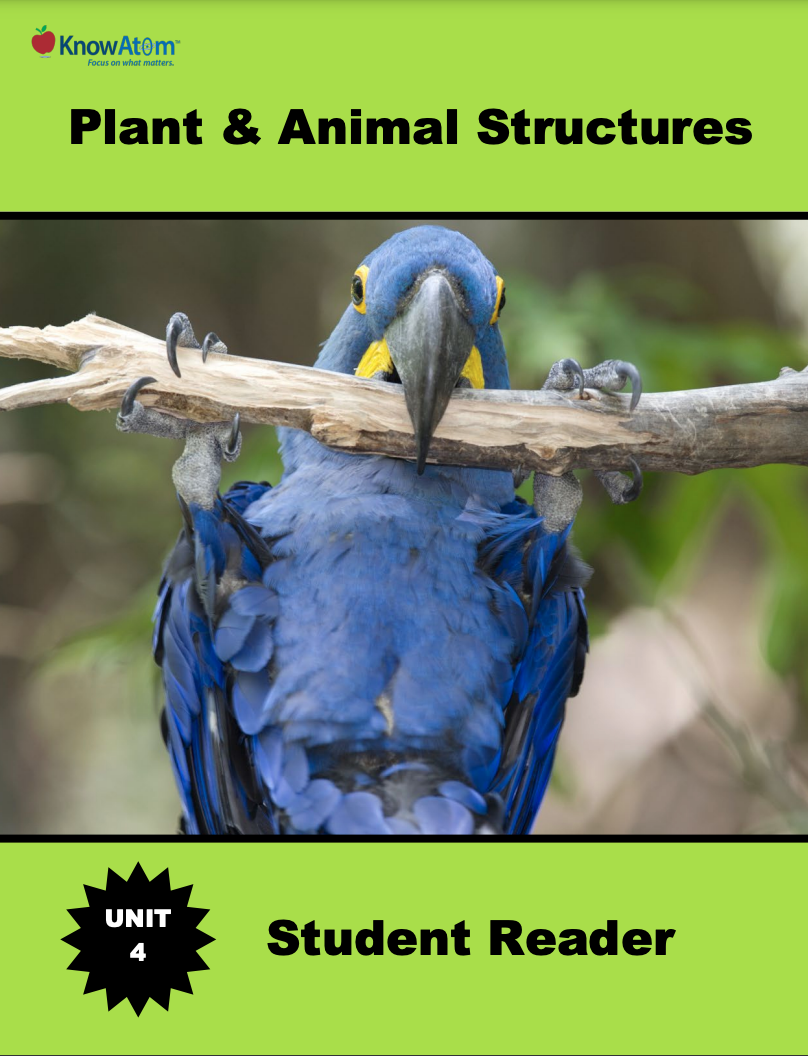
In this unit, students focus on the biosphere and how living things depend on their environment and one another for survival. In this first lesson of the unit, they explore the science phenomena of the flow of energy through a food web. This page outlines key parts of the lesson.
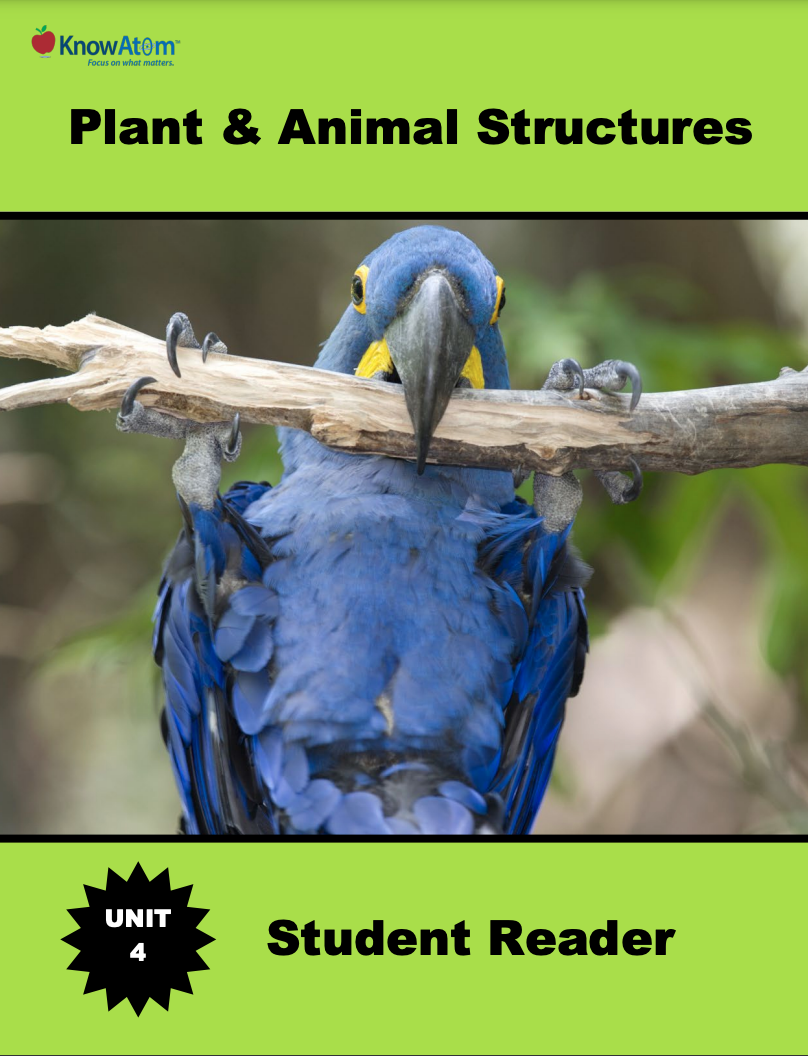
In this unit, students explore how living things depend on their environment and one another for survival. In this lesson, students discover phenomena surrounding how frogs have different internal and external structures throughout their life cycle that enable them to survive in their environments. This page highlights components of this lesson.
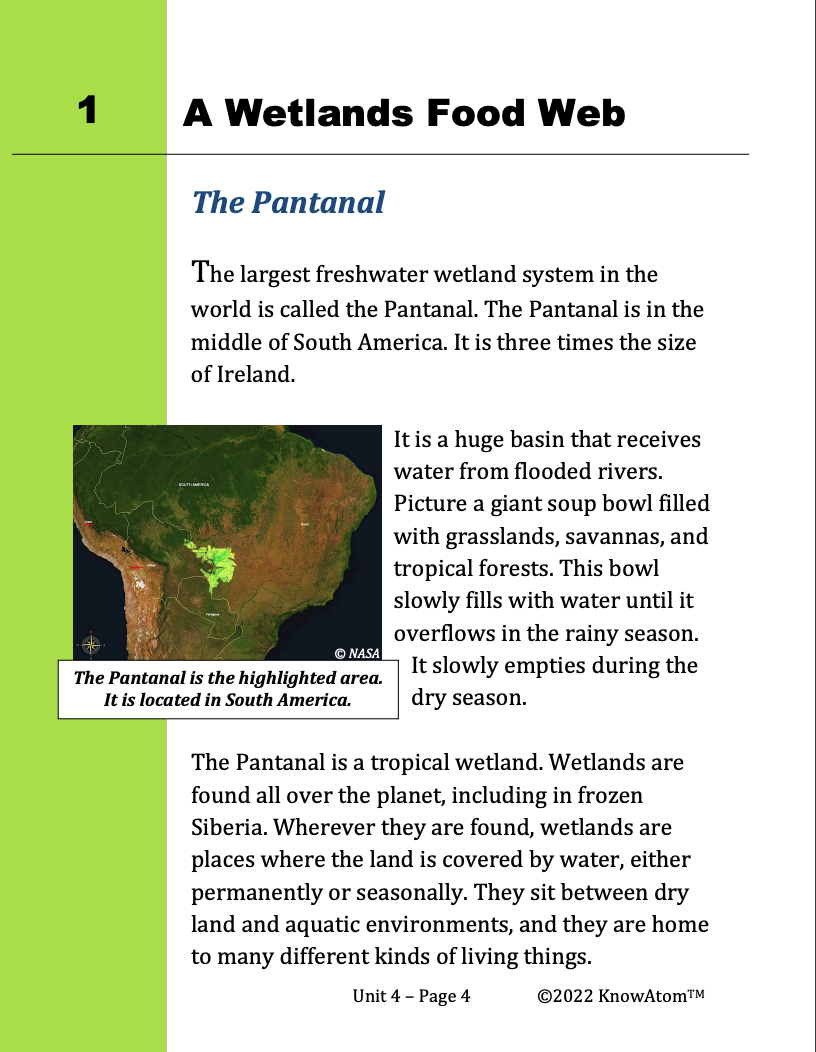
In this unit, students analyze how living things have specific structures that allow them to function in different environments. They trace how energy flows through a tropical wetland food web, and then test how temperature affects a plant’s ability to transpire through its leaves, affecting its ability to grow. This page is a high-level extract of this lesson on plant structures.
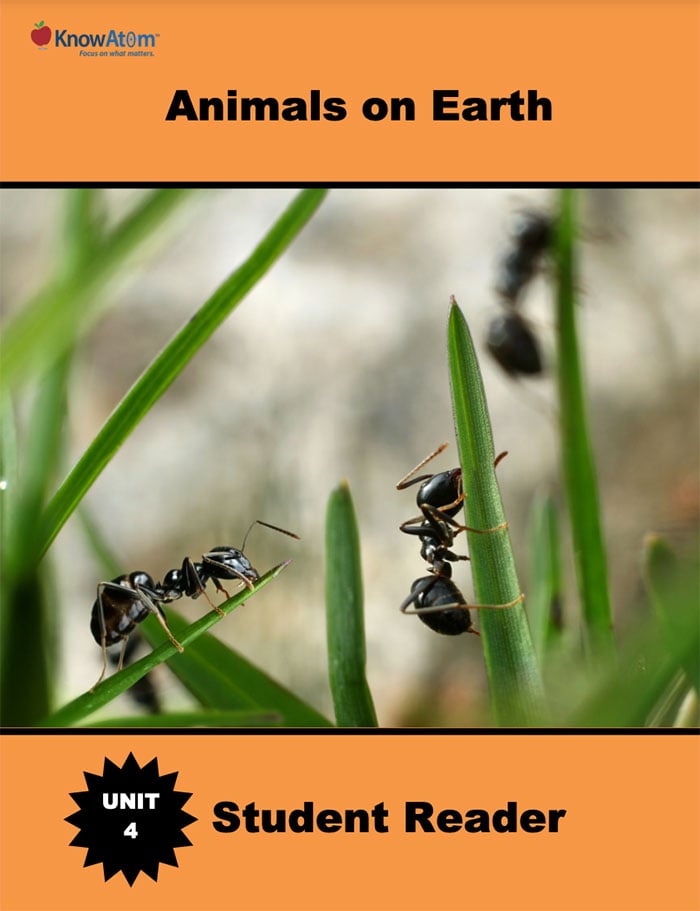
In this unit, students focus on animals, analyzing how animals’ body parts help them survive and grow. This page is a high-level extract of the first lesson of the unit in which students build insect models to investigate the science phenomena of an insect’s body parts’ structure and function. Students observe how ants use their body parts to get what they need to survive.
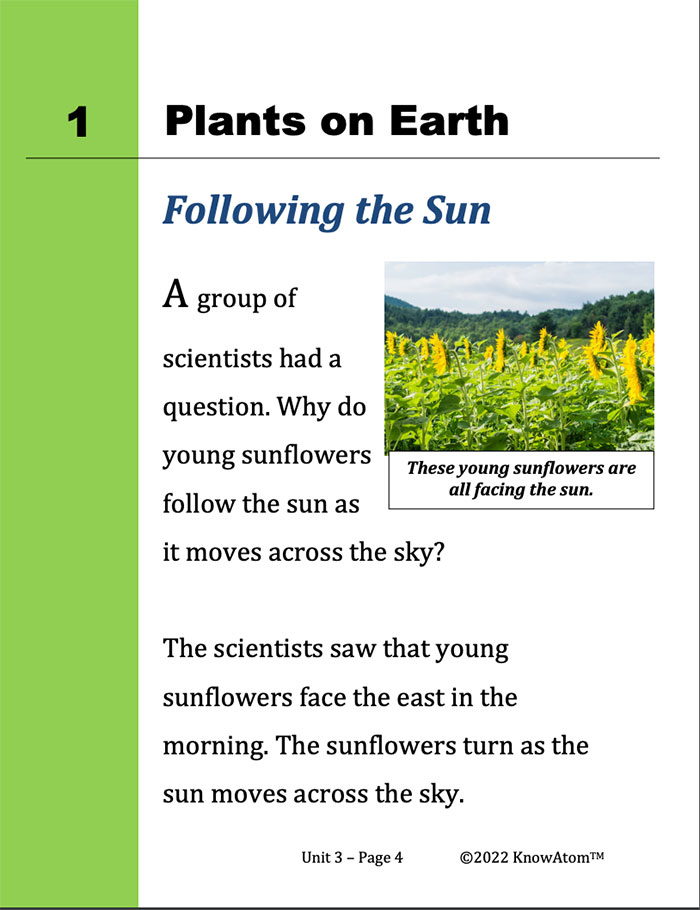
In this unit, students begin an exploration of life sciences. Once students have described the differences between living and nonliving things and analyzed what all living things need to survive, they focus on the parts of plants that help them get what they need to survive.
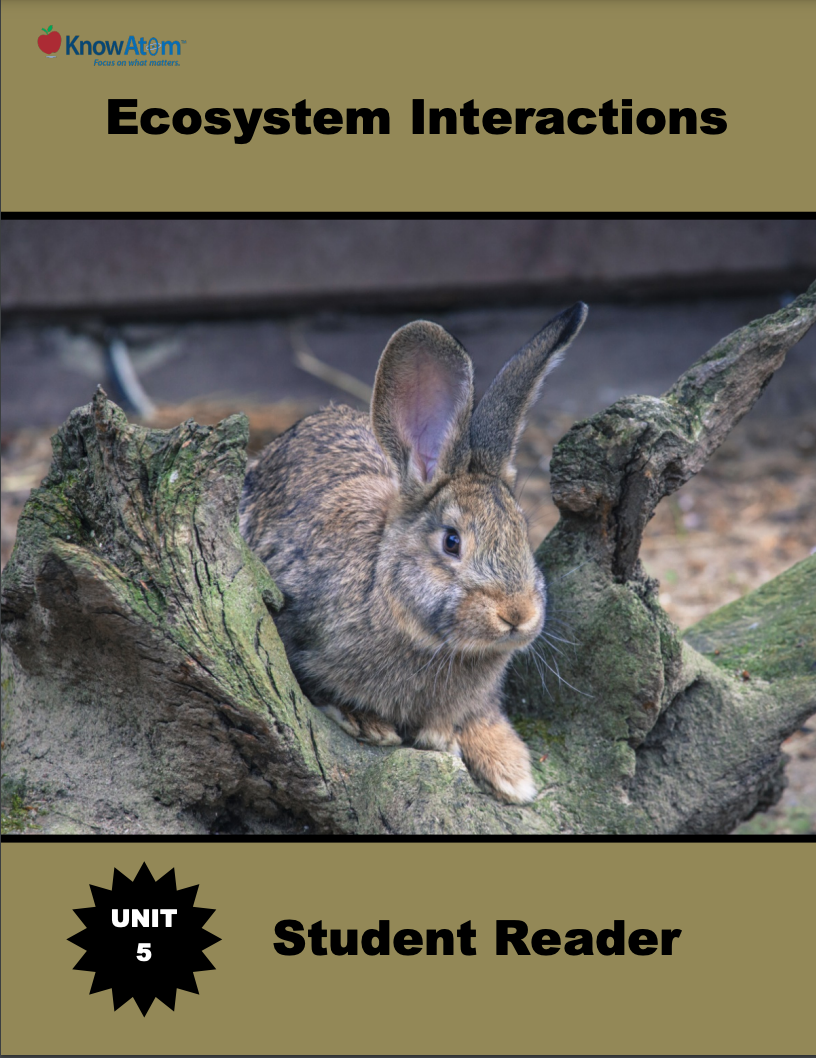
In this unit, students focus on how environmental changes impact the ability of organisms to survive, grow, and reproduce, passing their traits on to future generations. In this lesson, students continue their analysis of how a plant’s structures allow it to grow and develop, focusing on how a change in the environment such as pollution can impact a plant’s ability to complete its life cycle. Specifically, students investigate how acid rain affects the external structures of aquatic plants. This page provides an overview of this lesson.
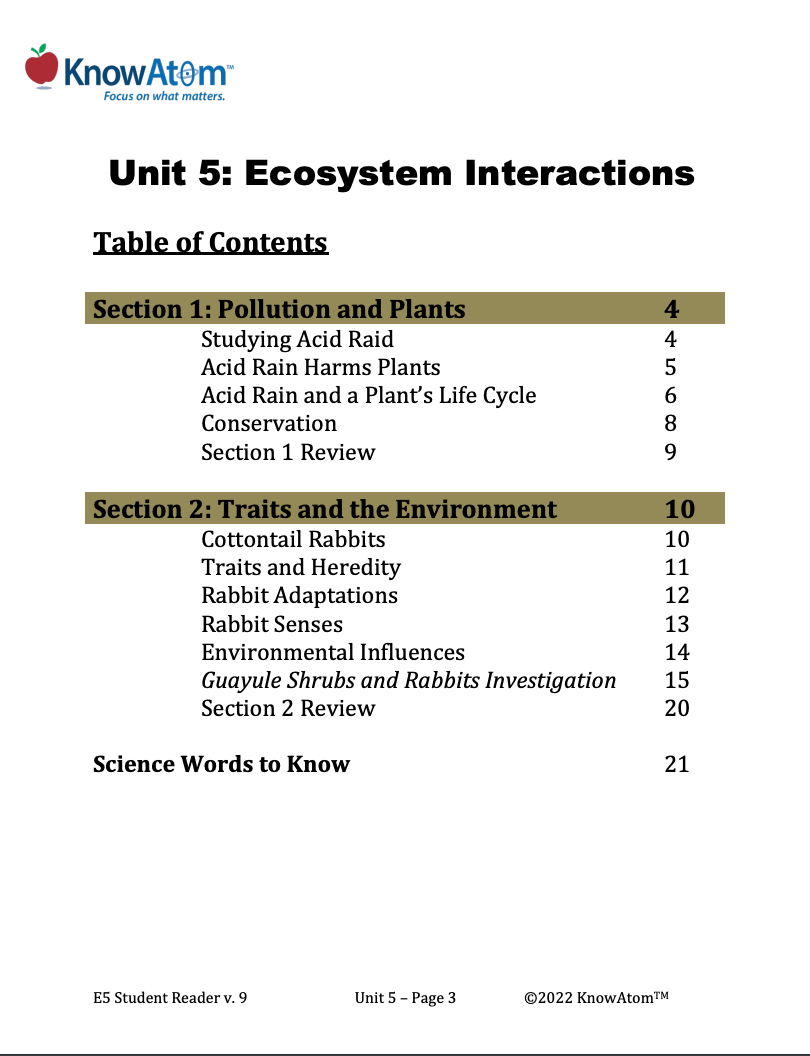
In this unit, students evaluate the science phenomena of how a change to an ecosystem can impact the living things that make it up. In this lesson, students explore how a change to the kind of plants in an environment results in a ripple effect phenomena on predation in the area. This page is a high-level extract of this lesson.
Standards citation: NGSS Lead States. 2013. Next Generation Science Standards: For States, By States. Washington, DC: The National Academies Press. Neither WestEd nor the lead states and partners that developed the Next Generation Science Standards were involved in the production of this product, and do not endorse it.
